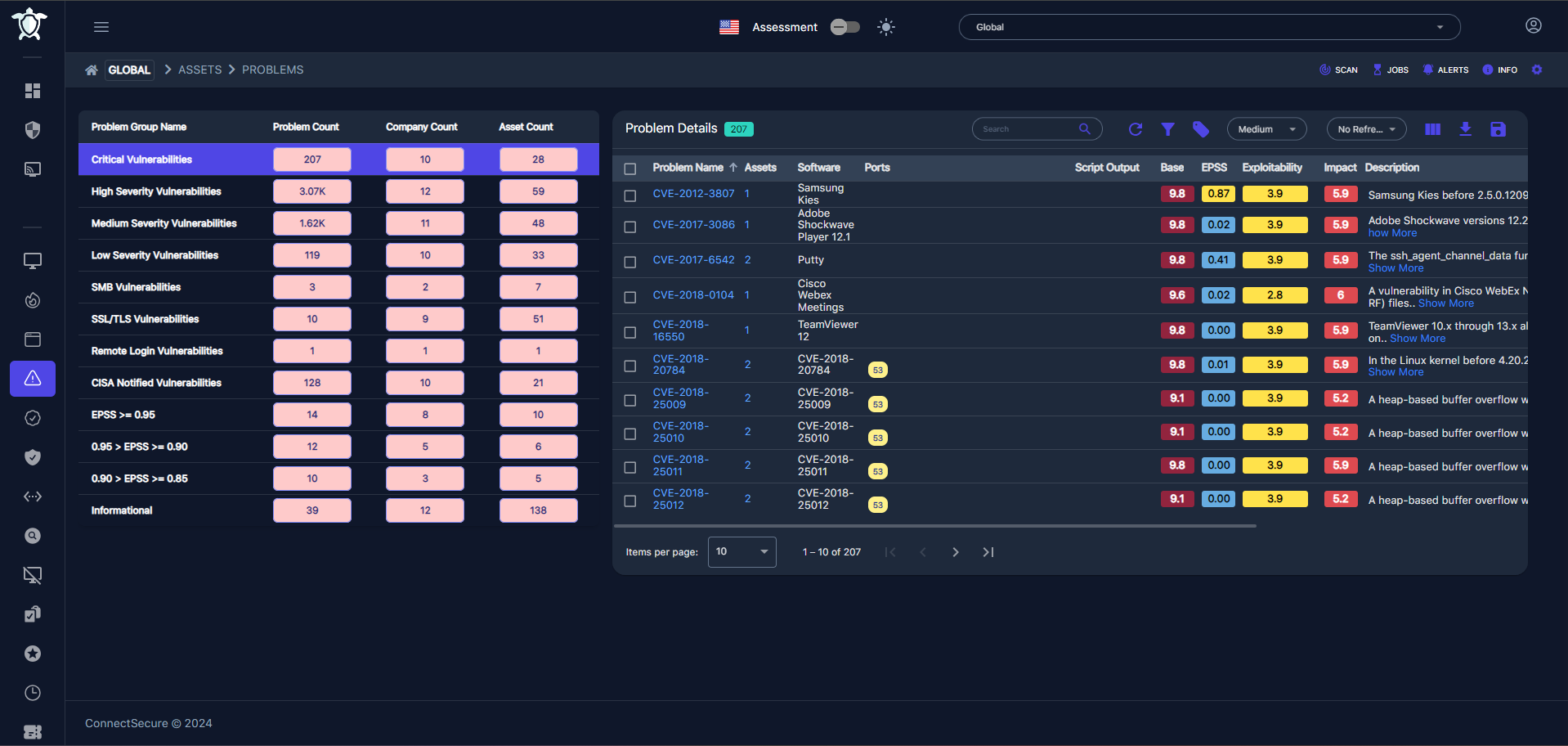Vulnerability Patching: The MSP's Toolkit for Client Success

Gone are the days when "security" meant antivirus scans and hoping for the best. As cybersecurity risk awareness grows among businesses of all sizes so is demand for a watertight digital environment. As an MSP, you're on the front lines, but how prepared are you to not only identify but also mitigate the vulnerabilities that leave your clients exposed to threat actors?
Enter vulnerability patching, a core feature of a comprehensive vulnerability management program that you can leverage to protect your clients effectively.
Understanding Vulnerability Patching
At its core, vulnerability patching involves updating software and systems to fix security flaws that cyber attackers could exploit. These vulnerabilities can be as simple as outdated software versions or as complex as security loopholes in network infrastructure. By applying patches – which are essentially software updates that address these flaws – MSPs can seal off potential entry points for cyber threats, significantly reducing the risk of a breach.
The Role of Vulnerability Patching in a Comprehensive Vulnerability Management Program
Early Detection and Prevention
The first step in a robust vulnerability management program is the identification of vulnerabilities. Through continuous monitoring and assessment, MSPs can uncover weaknesses across their clients' IT landscapes. Once identified, immediate patching ensures that these vulnerabilities are addressed before they can be exploited.
Maintaining Compliance
For many businesses, compliance with industry standards and regulations is non-negotiable. Data protection laws, such as GDPR, and industry-specific regulations mandate strict cybersecurity measures. Regular vulnerability patching ensures that systems are not just secure but also compliant with these regulatory requirements, safeguarding businesses from potential fines and reputational damage.
Enhancing System Performance and Stability
Patches do more than just plug security holes. They often include enhancements that improve the overall performance and stability of systems and applications. By incorporating vulnerability patching into their service offerings, MSPs not only elevate their clients' cybersecurity posture but also contribute to the optimization of their IT infrastructure.
Building Client Trust and Confidence
In today’s business environment, cybersecurity is a top concern for organizations of all sizes. By proactively managing and patching vulnerabilities, MSPs demonstrate their commitment to their clients’ security. This proactive approach fosters trust and confidence, positioning the MSP as a reliable partner in the client’s journey towards digital resilience.
Streamlining Risk Management

A comprehensive vulnerability management program, with patching, allows MSPs to prioritize risks based on the severity and potential impact of each vulnerability. This prioritization ensures that resources are allocated efficiently, focusing efforts on patching the most critical vulnerabilities first. This strategic approach to risk management is essential for maintaining a strong security posture in the face of evolving threats.
Best Practices for Effective Vulnerability Patching
- Automate Where Possible: Leveraging automation can significantly streamline the patch management process, ensuring timely application of patches and reducing the risk of human error.
- Maintain an Up-to-Date Inventory: An accurate inventory of all assets is crucial for effective patch management. Knowing exactly what needs to be patched, from software applications to networking equipment, ensures that no component is overlooked.
- Test Patches Before Deployment: While patches are designed to fix problems, they can sometimes introduce new issues. Testing patches in a controlled environment before widespread deployment can prevent potential disruptions to business operations.
- Educate Clients: Part of an MSP’s role is to educate their clients about the importance of regular patching and cybersecurity best practices. Informed clients are more likely to understand the value of the MSP’s services and comply with necessary security measures.
Conclusion
Vulnerability patching is a critical component of a comprehensive vulnerability management program. For MSPs, offering effective patch management services not only enhances their value proposition but also strengthens their clients’ trust and reliance on their expertise.
Want to try it for yourself? Sign up for a Free 14-day Trial today of ConnectSecure’s Vulnerability and Compliance Management solution or join a Group Demo to see us in action.
Read more:
Vulnerability Patching: A Must-Have in Every MSP’s Service Offering
Selling Cybersecurity: What MSPs Can Tell Clients About Attack Surface
The Economic Case for ConnectSecure’s Security Vulnerability Remediation

